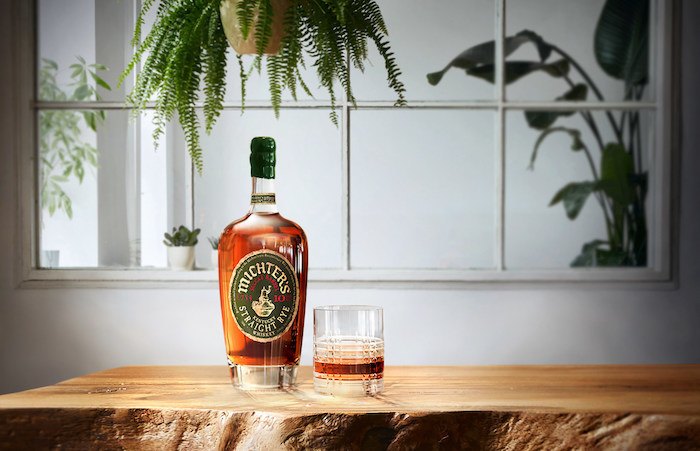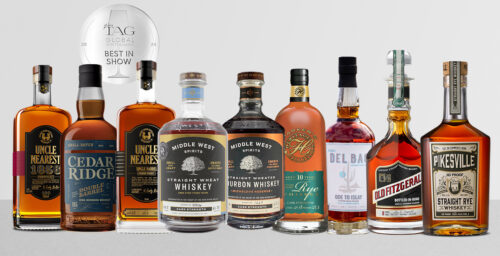Humans began to collect and eat rye seeds about 10,000 years ago. The people who built Göbekli Tepe, the oldest known monumental structure on earth, may have been familiar with rye, in either its wild or earliest cultivated form.
Yet although rye has been around all that time, it is never the first choice for any important application. Wheat is better for bread and barley is better for beer. Because rye will grow where those do not, and livestock like it well enough, rye is always in the mix.
After 10,000 years, humans finally have figured out that the highest and best use for rye is rye whiskey.

Corn, what some call maize, is the world’s go-to cereal for distilling. Corn and rye have very different properties. Corn kernels are huge and yield a lot of fermentable material. Rye yields less alcohol even on a per-bushel basis and costs about twice as much.
For drinkers, the big difference is taste. Corn distillate has very little flavor. Most bourbons are more than 75 percent corn so most of their flavor comes from the charred oak barrel. What little taste they get from the mash comes from small grains: rye, wheat, and barley. Rye is the most used of these ‘flavor grains’ because it is the most flavorful, too flavorful for some palates. That’s why many popular bourbons and both major Tennessee whiskeys use so little of it.
Yet even though Jack and George don’t like too much rye in their Tennessee whiskey, both like it in their stills just fine. Both Jack Daniel’s and George Dickel now make rye whiskey too.
Rye whiskey very nearly died out. Thirty years ago, only three distilleries in the United States (all in Kentucky) regularly made rye whiskey, and made it only one or two days per season. Today, just about everybody with a still makes rye whiskey.
The rye grain sold for distillation today is rarely a single variety. Most of it is grown in Northern Europe or Canada. Minnesota is the only major U.S. supplier.
Today, rye is planted primarily for soil improvement, grazing, or both. In Pennsylvania, for example, only about 18 percent of the rye planted each year is harvested. Most of that is used for the next year’s cover planting. The rest is fed to livestock.
All of that means little of the rye planted in the United States is cultivated for its flavor characteristics. That potential is virtually untapped. So while the growing and distilling of heirloom maize varieties is interesting, doing the same thing with rye is potentially spectacular.
Rosen, a hybrid developed a century ago at what is now Michigan State, was once highly regarded for whiskey. It grew in Michigan and elsewhere for most of the 20th century, until the late 1970s. Efforts are underway to revive it, but that takes time.
The northern parts of Pennsylvania and New York once grew a lot of rye for whiskey and could again. If there is a market, the farmers will figure it out.
In Colorado, Todd Leopold found a local farmer who would grow Abruzzi rye for him. Leopold chose Abruzzi because it contains higher-than-normal levels of certain substances he believes are good for rye whiskey. Then he discovered and had built a special type of still that transfers those flavors from the mash to the spirit. The resulting whiskey is wonderful, a revelation.
Many distillers would like to work with these super-flavorful rye varieties, but would prefer to get them from Brooks or some other broker. The grain dealers aren’t there yet but they’re working on it.
This is just the beginning. With rye grain varieties cultivated for whiskey, stills and other equipment built to accentuate rye’s characteristics, and a community of creative distillers and adventurous consumers, the possibilities for rye whiskey are limitless.
It is, potentially, another agricultural revolution, 10,000 years in the making, at least as regards the agriculture of whiskey.









